Food. It’s an essential when hiking. It’s the fuel that keeps you going, after all. But, you can’t just load up the contents of your fridge or pantry into your pack and hike out into the wilderness for 6 days at a time. Food for hiking—and I’m talking overnight and multi-day hikes here—needs to be lightweight so you can carry it but also nutritionally and calorically dense so you’re getting a good bang for your it’s-all-on-your-back buck.
There are 3 main types of food that are best for hiking. Freeze dry, dehydrated, and ready to eat meals. Each has their pros and cons, which we will go into in this article. Some people don’t carry these kinds of foods at all. Some hikers will just raid the supermarket for lightweight options like two minute noodles, Continental pasta packets, and so on. These kind of fit the freeze dry category. And other hikers go all gourmet and practice the recipes like those found in the great hiking cookbook Xtreme Gourmet by my mate Sonya Muhlsimmer. These are exceptions—in this article we’ll focus on exploring the main three options hikers tend to consider when preparing their hiking food.
Finally, when it comes to breakfasts and lunches many of us don’t get as fancy as choosing freeze dry or dehy options. It’s oats or muesli for breakfast. A wrap and maybe some salami or cheese for lunch. The food we talk about in this blog is mostly main meals. Though, the brands and methods we discussed can also cover breakfast, lunch, dessert, snack, and drink options too! Freeze dry whisky, anyone? Hah.
Freeze Dry
When we refer to freeze dry in this article we’re maining talking about the commercial freeze dried food packets you buy at your local hiking or camping store. Some of the best freeze dried meals include Back Country Cuisine, Campers Pantry, and Radix.
Image Credit: Radix
What are the benefits of freeze dry food for hiking?
- Really really lightweight. For example, the Radix Ultra Meals pack in 800 calories for only 150 grams. That’s just over 5 calories per gram.
- Locked in nutrition. Like with frozen food, freeze dried is often more nutritionally dense than the fresh article. But how? Well, they’re generally harvested in season and are quickly dried. A lot of the fresh stuff sits around in cold storage for months.
- Easy to cook. Add boiling water, let sit for 10 or so minutes. Voila. (Be sure to read the cooking instructions on your packet of choice.)
- Eat straight out of the packet. Most freeze dried meals come in packets that are designed to be used as a bowl. No additional washing up.
- Readily available. You can buy the stuff online and delivered to your door, hassle free with Oz Backcountry
- Long shelf life. This stuff will last a couple of years. There are some freeze dry products aimed at the prepper/survivalist market that’ll last 20-30 years.
- Convenient. Decide on a hike, last minute. Easy as. Grab a couple of packets from the cupboard and you’re set.
What are the downsides of freeze dry food?
- Some don’t taste particularly nice. What you’ll often hear with freeze dry is it all tastes the same after a while. I’ve tried a bunch and Radix* are the best freeze dry meals I’ve eaten.
- Often high in salt, sugars, and preservatives. This is for both preservation and for taste.
- Require rehydration. This means water and fuel. This means weight in your pack.
- Expensive. For a single meal you’ll be paying between $10-15. But, convenience comes at a price, I suppose?
* Radix is affiliated with this website. We get a small commission if you shop with them via an affiliate link. However, my views and opinions on Radix are true and honest. They’re not holding a gun to my head to say nice things. That said, we think Radix is amongst the best freeze dried food brands we have tried.
Dehydrated Meals
Most commercial packet hiking food is freeze dry not dehydrated. But there are a few dehydrated hiking food brands on the market. We think the best dehydrated meals in Australia for hiking are Strive (one of the most popular hiking food brands in Australia), Feed the Hike, and Local Dehy.
However, where dehydrated food really comes into it its own is when you do it yourself. In fact, in recent years more and more hikers have been buying dehydrators so they can make the best dehydrated hiking food. It’s much cheaper than buying commercial dehydrated food (but less convenient) and allows you to really tailor your menu on the track to suit your tastes and nutritional desires.
Image Credit: Strive
The benefits of dehydrated hiking food:
- Tastier than freeze dry. This is especially the case if you’re a masterchef and dehydrate your own. But, there are some really good—and delicious—commercial options on the market such as Strive.
- You can make it yourself at home. A freeze dry machine will set you back thousands of dollars. However, a domestic-grade dehydrator may only cost you $100-200. Thus, dehydrated food is in the realm of us normal folk. And the options become endless when you do it yourself. Spag bol with extra chilli? Done. Vegan carbonara with locally harvested slippery jack mushrooms? Why not?
- Cheaper. A packet of Strive will still set you back $10-11. However, if you do it yourself you could be paying pocket change per serve. Great thing about having a dehydrator too is that it’s a great way to preserve surplus fruit and veg, as well as complete meals. Left over curry? Whack it in the dehydrator. Bumper tomato crop? Tonnes of ‘sundried’ tomatoes on their way.
The cons of dehydrated hiking food:
- Not as nutritious. You lose some nutrients when dehydrating as heat is involved in the process. That said, if you’re doing it yourself you can really control how much good stuff goes into your meals. Where a commercial bolognese might be 90% meat, you could flip the ratio and make it mostly veg.
- Can be a bit chewy. This is just part of the process. Not a big deal, really.
- Shorter shelf life. Not as much water is removed in the dehydration process as it is in freeze drying. This can play on the shelf life.
- Fewer commercial options available. Most commercial options from your local hiking or camping store are freeze dry.
Ready to Eat Meals (MREs – Meals Ready to Eat)
What’s a ready to eat meal? We’re referring to the meals by the likes of On Track Meals, and Go Native. And also, the shelf stable curry sachets you can buy at your local supermarket. They’re a meal in a convenient packet that’s already cooked and just requires heating. Or, you could eat them cold if you really wanted to.
Image credit: On Track Meals
Weight-conscious hikers often screw up their nose at ready to eat meals. They see them as too heavy. For example, the On Track Meals Mild Chilli Con Carne comes in at 250 grams compared to Absolute Wilderness freeze dried Chilli Con Carne which is only 100 grams. However, how much fuel are you going to need to prepare that freeze dried option? And you’re going to need water too.
These are some of the benefits of ready to eat meals:
- Tastes like real food. That’s because it is. MREs are cooked, sealed, and they’re ready to go. What’s more—brace yourself—On Track Meals even do a steak. Yep, you read that right. Steak in a packet! I’ve eaten it and it was really tasty.
- They don’t need cooking. Yes, a curry or a steak tastes much nicer after it has been heated up, but you don’t need to. So, you could potentially save weight in your pack having to carry water to rehydrate, and fuel to cook. Now who’s the lightweight option?
- Don’t require water. Let’s say you’re hiking into a place where water availability is a bit sketchy and every drop you find needs to go into your drink bottle. Well, none required for these bad boys. Maybe you’re hiking on the coast heat in the sachet in boiling salt water or wash your mucky pot in salt water. (Can’t drink that stuff, of course.)
- Super convenient. The last dot point kind of explains this.
- Great emergency back-up. These are the perfect meals to throw in your pack just in case. You’re caught in the snow or rain, you’ve run out of fuel, or you really can’t be stuffed—tear open the packet and you’re in business.
The negatives of ready to eat meals:
- They’re heavy. Often double or more that of freeze dry.
- Often contain a fair bit of salt. Taste and preservation.
- Messy to prepare. But, only if you pour the contents into your pot and simmer. You can heat in the sachet in hot water. But, if water is hard to come by…
- Shorter shelf life. When compared to the prepper-issue freeze dry, with its 30 year shelf life, ready to eats have a relatively short shelf life of 2 or so years. But, when compared to most freeze dry or dehydrated meals that you buy at the hiking store, it’s much of a muchness.
Image Credit: Hiking in Australia & New Zealand
Hope that clears up the differences, and the pros and cons of freeze dried, dehydrated, and ready to eat hiking food. I’d say each has its ideal scenario.
The Summary:
Freeze dry hiking meals: Long distance hikes where lightweightness is crucial.
Dehydrate hiking meals: Overnighters and short multi-days (2-3 days) where you want to eat well and enjoy yourself, or if you have special dietary requirements.
Ready to eat hiking meals: Overnights and short multi-days (2-3 days) where you want to eat well and enjoy yourself, or where fresh water is hard to come by.
That all said, to really mix things up on your next hike why not carry a selection of lightweight hiking meals?
What’s your favorite thing to eat when hiking?


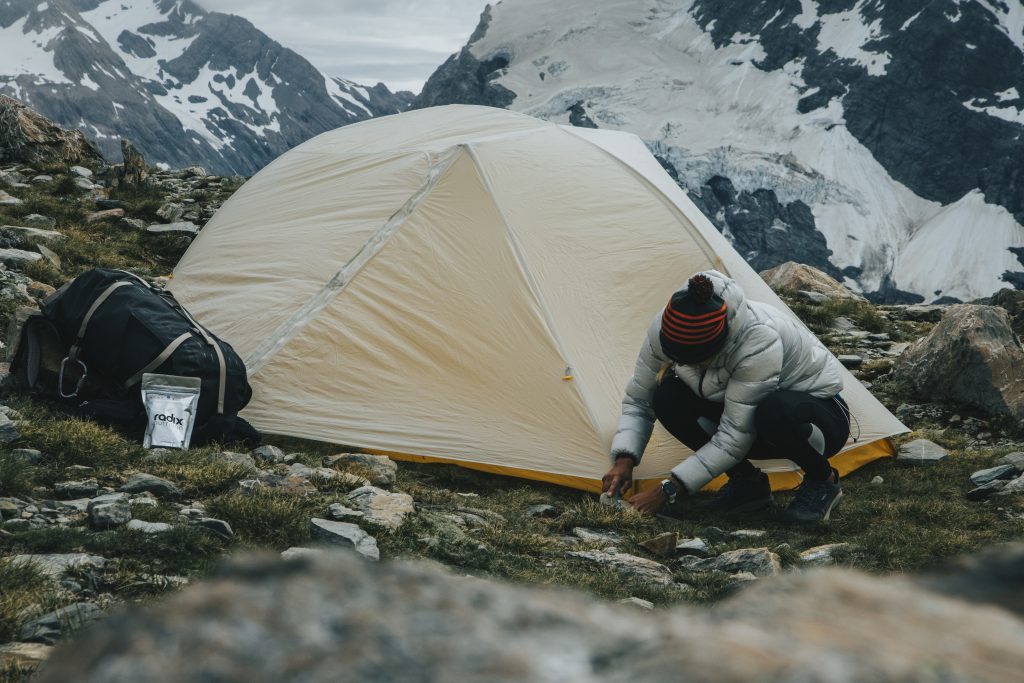
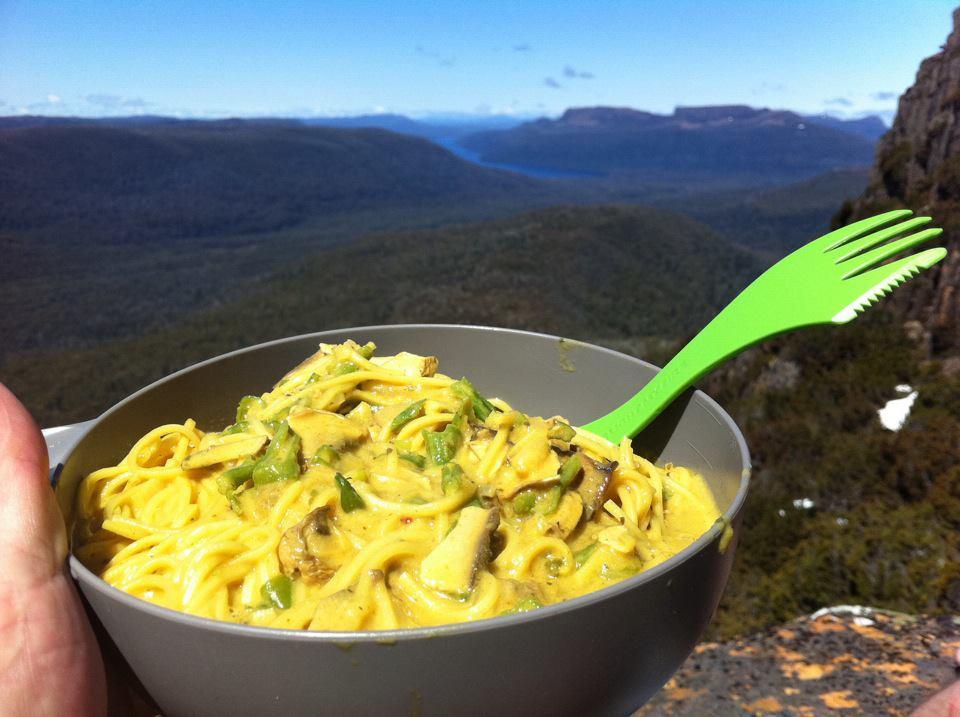
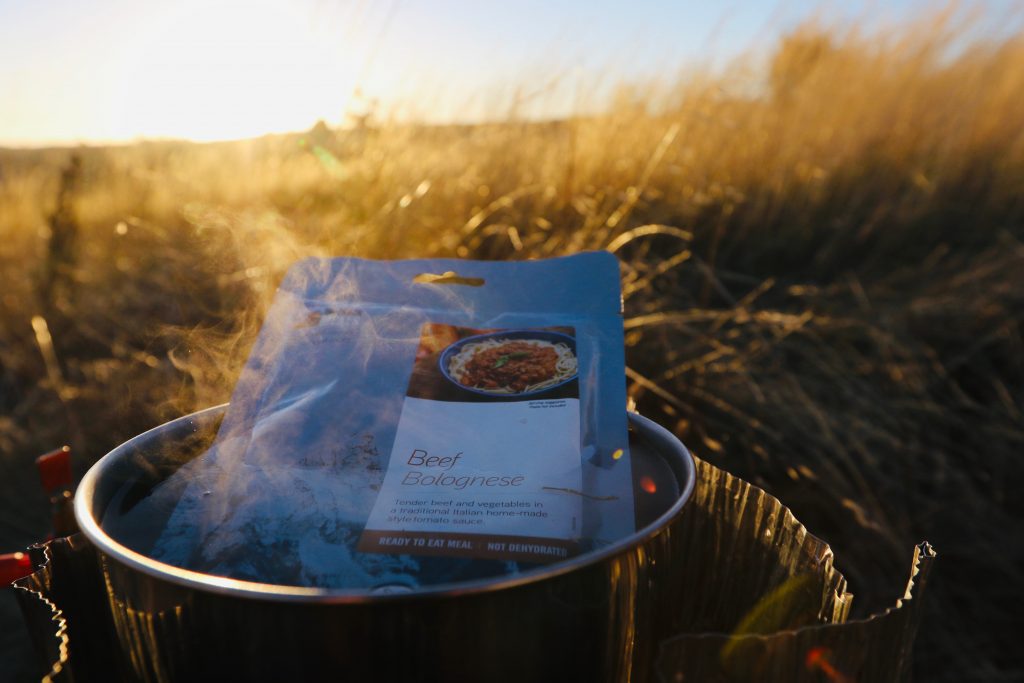
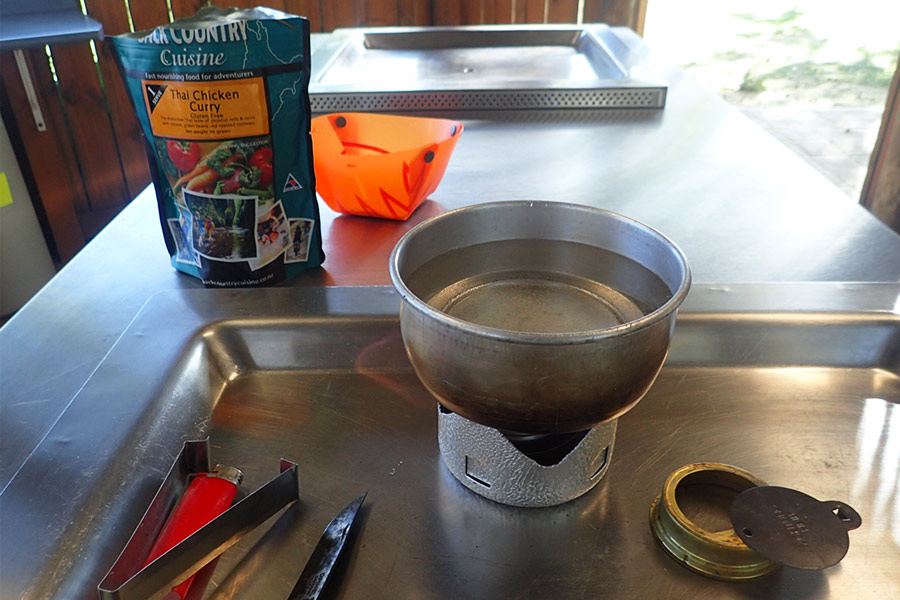
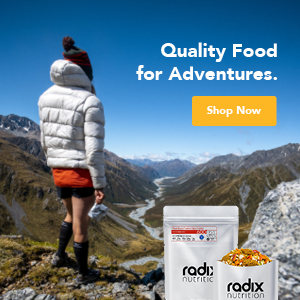


1 thought on “Best Food for Hiking: Freeze Dry vs Dehydrated vs Ready to Eat Meals”
Great summary. Radix is my fave in the first category but I prefer dehydrated. Strive has my money until I buy a dehydrator!